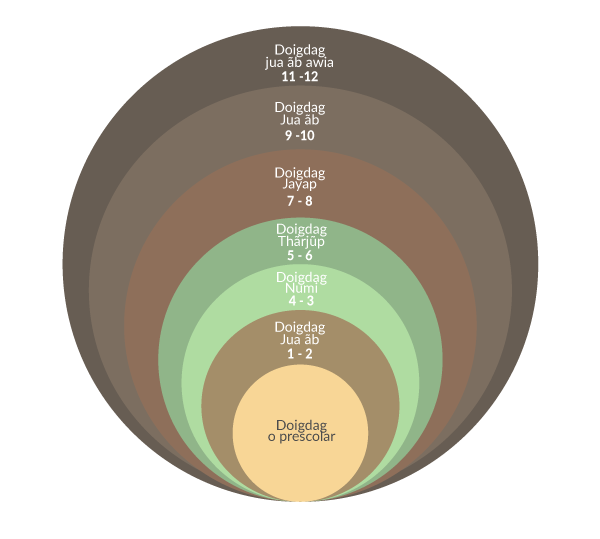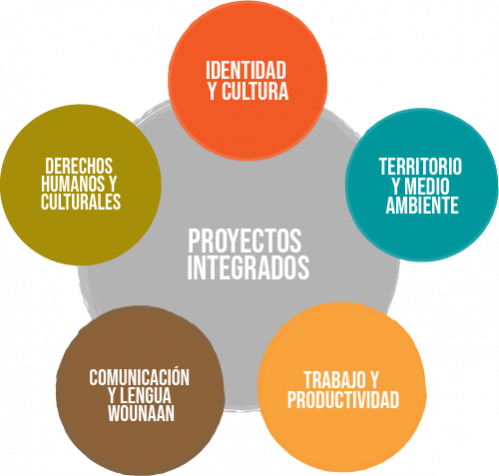An essay is usually, in broad terms, a piece of corrector castellano gramatica prose that provide the author’s argument, but on occasion the definition is so vague, sometimes overlapping with that of an article, a report, a poem, a novel, and a short story, the word has become popular only in its classical contexts. Essays are traditionally has been traditionally considered as formal and academic. In the United States, the very first college degree ever awarded was that the doctorate degree, which was awarded by the University of Chicago for 2 years of research in Classics. Since that time, the concept of the written essay has evolved to include lots of the elements of an academic composition, especially the ones that look in a refined university writing course. The essay has also come to be associated with the exceptionally creative disciplines of art, literature, and songs. Therefore, students who pursue a graduate degree in any one of these fields may require written essays as a part of their requirements for graduation.
Students will start to write essays at several points in their academic careers, usually after having a premeditated plan that they have refined and developed over time. Most colleges encourage their pupils to write essays as an chance to build skills and to acquire knowledge beyond the classroom. Pupils write essays for numerous reasons: to write about their personal experiences and also to demonstrate their creativity; to present an argument to help communicate their opinion or to give evidence for a claim; or to demonstrate a point based on extensive research.
A student will start the process of writing an essay by selecting a topic and a reliable author who will help them develop a summary and also to prepare the text. From the written essay, the writer does not have to start from the beginning; he can put his thoughts in an introductory chapter and then develop them in following chapters. Sometimes, he may find it necessary to revise an already written essay. Sometimes, however, the thesis statement of this written essay is self explanatory and the writer will not have to refer to it in his other works. The thesis statement is also a vital element in deciding on a topic for the essay.
Since every chapter of this written article has a different motif, it’s necessary to choose a subject that has enough space to develop an elaborate thesis statement. In addition, it is crucial to avoid grammatical errors. It’s advisable to write the essay according to a rigorous grammar rule so that it satisfies the standards of editors and publishers. The usage of quotation marks is highly recommended corrector catala per android in article writing since it provides substantiation for the statements which are made in the written piece.
After having written the introduction and the body of this article, the author should be certain the construction of the composition adheres to a set routine. He must not deviate from the pattern used. Essays are usually composed of five sentences and a thesis statement at the conclusion. The five sentences are split between paragraphs in line with the subject and the style of writing.
In the introduction of the essay, the author must ascertain the main point of this writing and support it using many paragraphs. He can either talk one specific subject or the entire subject. It’s not compulsory that he talks about all the points mentioned in the thesis statement in the paragraphs. It is sufficient if he cites one significant point and leaves the rest as a question of private opinion. Writing an essay could be challenging but if a writer is well prepared, he’ll find it not very difficult.





